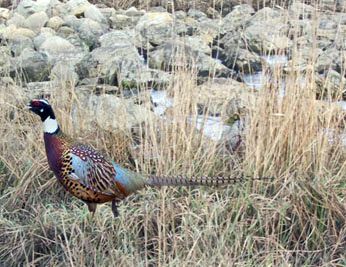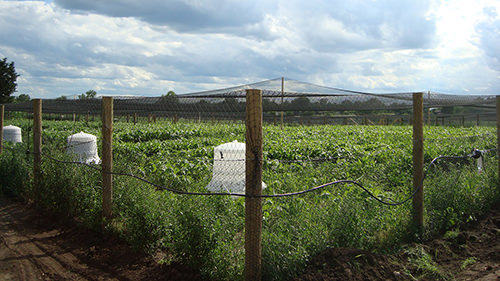Peeping Our Pheasants

Peepers, also known as blinders, are small devices that are put on our pheasants’ beaks to block their forward vision and prevent them from having a direct line of sight to other birds. The pheasants can still see well enough to eat and drink. The peepers are very helpful in keeping our birds from pecking each other’s feathers and potentially damaging skin, which can result in infection. Peeping also allows our staff to put more birds per square foot in a pen, because when the pheasants are unable to see directly in front of themselves, they are less aggressive with other birds.
We begin peeping our pheasants at about five weeks of age in the barn. It’s no small task! There are usually six to ten people working about six to eight hours to do the job. Some of our staff has been peeping birds for over twenty years, and we’ve perfected the skill. We can peep 10,000 to 15,000 birds in one day! We first need to drive the birds to one side of the barn into catch pens, while a panel blocks the other side of the barn. Peepers are put on the birds by inserting a special pin through the nose that holds the peeper in place. Once the peeper is on, the birds are placed on the other side of the panel in the pen. When all of the birds are peeped, the lights are turned up, and we check to make sure no birds were missed.
When the pheasants are in the catch pen, they tend to want to pile in a corner, which could result in suffocation. Our staff checks on them frequently to make sure they are not piling. Sometimes the birds lose their peepers, in which case we have to re-peep them. The pins in the peepers could break, and every now and then the plastic can get caught in the top-netting or wire. If this happens, we free the birds as soon as possible and make sure they are not injured.
We have found that peepers made of plastic are preferred, as they stay on the pheasants better, are durable, and wash well. We also color-code our peepers to our hatches, which helps us to know where the birds belong. Sometimes we use hoods to further restrict vision. This is done more in the spring when it is getting close to mating season, because it helps to curb aggression. Our customers can choose whether we remove the peepers before shipping pheasants or to leave them on.
Related Posts

Preparing Our Barns & Pens Each Spring
Read Post
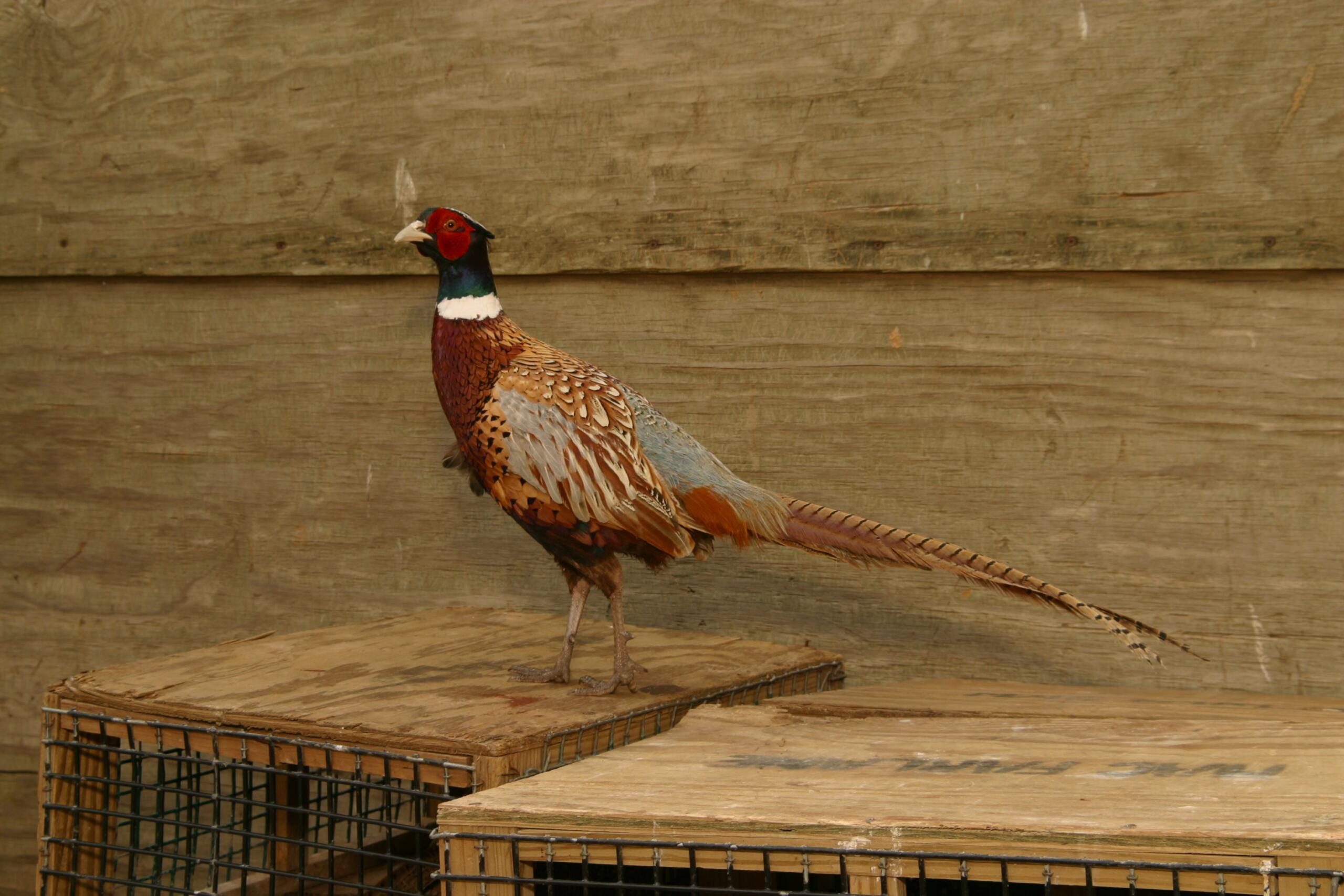
DuPont Financial Analysis Model
Read Post
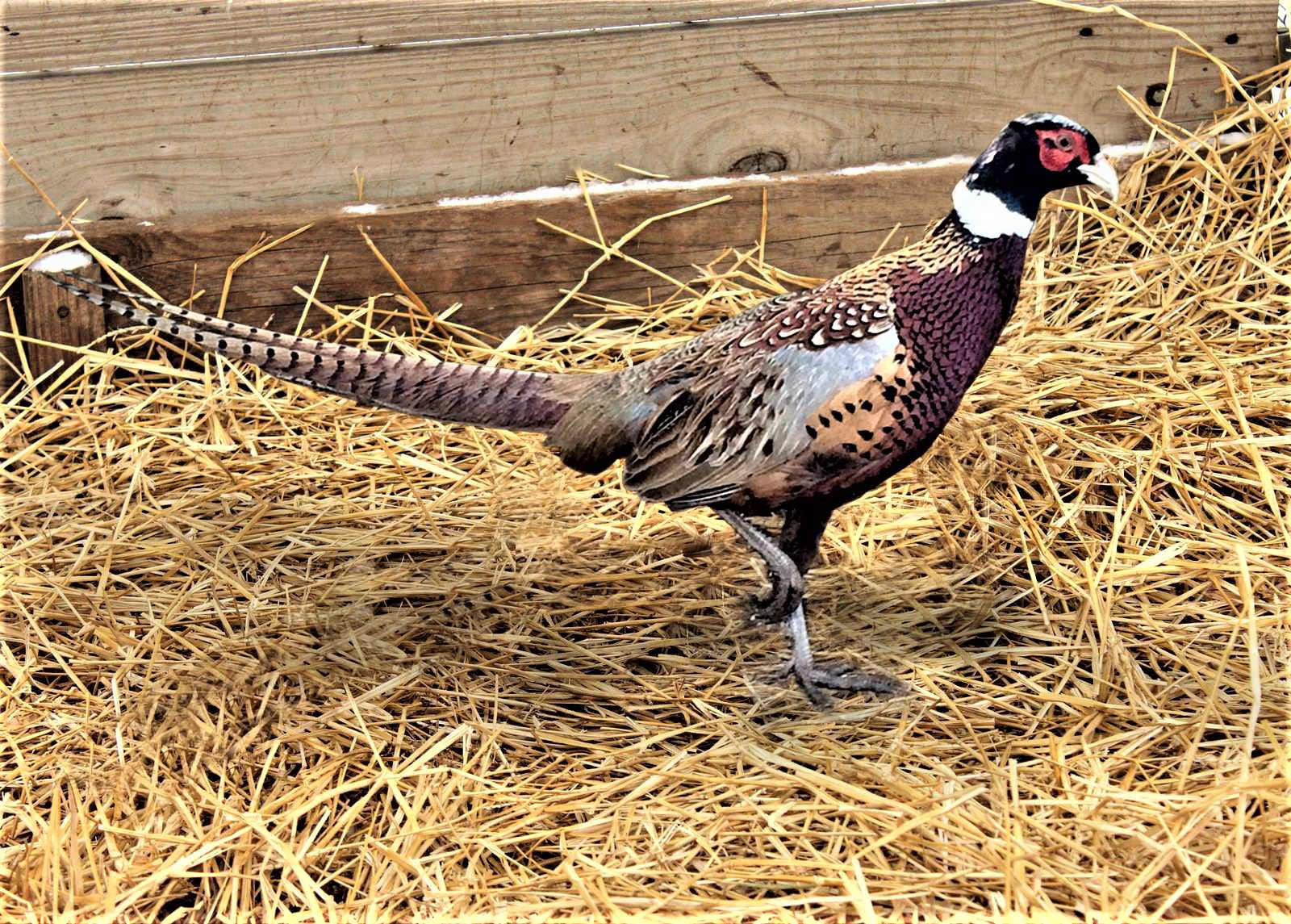
Our Milton Farm in 2024!
Read Post
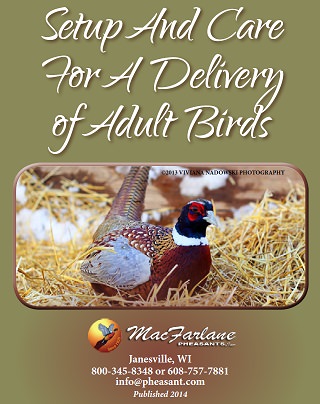
10 Steps to Prepare for a Delivery of Mature Game Birds
Read Post

4 Steps to Keeping Pheasants Healthy in Winter
Read Post
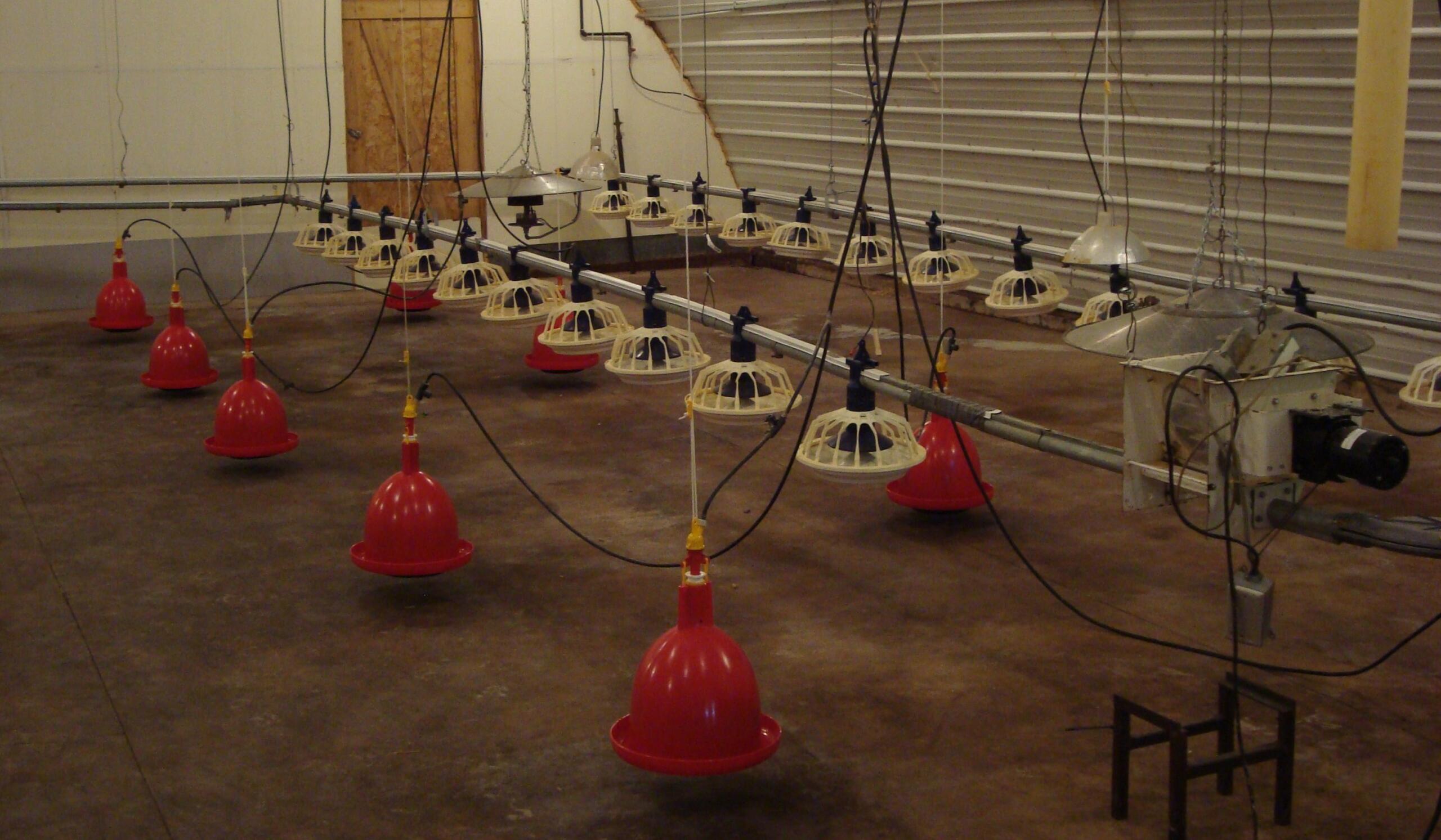
6 Feed and Water Procedures to Keep MacFarlane Pheasants Healthy
Read Post

Advice on what protein % feed to use for your pheasants.
Read Post

All Pheasant Feed Is Not Created Equal
Read Post
Take Advantage of These Free Resources
As the biggest game bird farm in the United States, we want to share our experience with you. Download our free resources below and get started.

